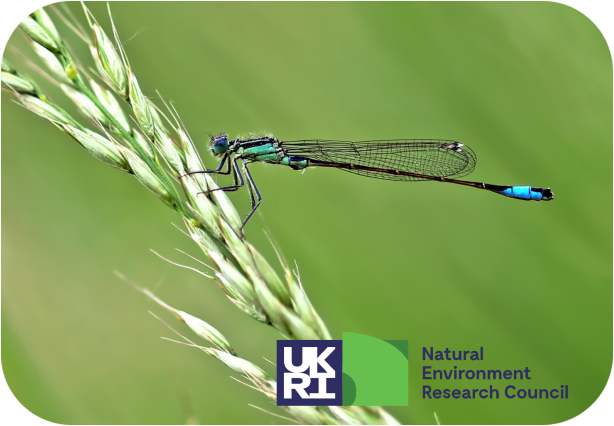Projects using RangeShifter:
Evolution and plasticity of “arrive and survive” phenotypes driving parallel range shifts in the wild
Many species are undergoing contemporary range shifts to higher latitudes and elevations, representing one of the most dramatic biotic responses to climate change. We now know that range shifts involve not only ecological processes, but also rapid evolutionary change, reflecting: niche shifts and niche expansion, increases in dispersal, and altered patterns of neutral genetic variation. However, the mechanisms and relative importance of each of these evolutionary shifts are poorly understood, limiting our ability to predict range shifts and estimate their potential impact on high latitude or high elevation communities.
In this project we are conducting a landscape scale study to discover the genetic variants and epigenetic patterns that reliably predict and reflect range shifting adaptations and rates, using an established model study system for range shifting evolutionary dynamics, the blue-tailed damselfly Ischnura elegans. This species is strongly limited by temperature, and is currently undergoing rapid range expansion into higher latitudes in response to climate change, associated with previously-described evolutionary shifts in niche breadth, competitive ability, and dispersal phenotypes.
To evaluate the relative importance of genetic and epigenetic processes for range shifting, we have established four, independent, parallel range shift transects at the northern margin of I. elegans’ range. We will combine field sampling with laboratory experiments, to establish drivers of variation, and eco-evolutionary modelling with RangeShifter, to uncover key processes and predictions.
